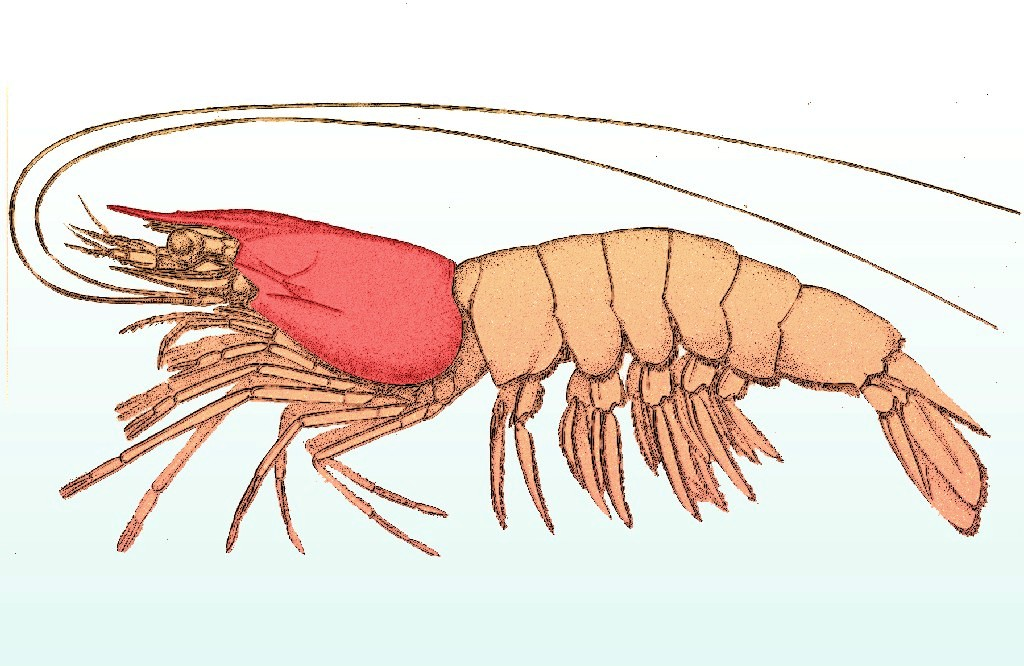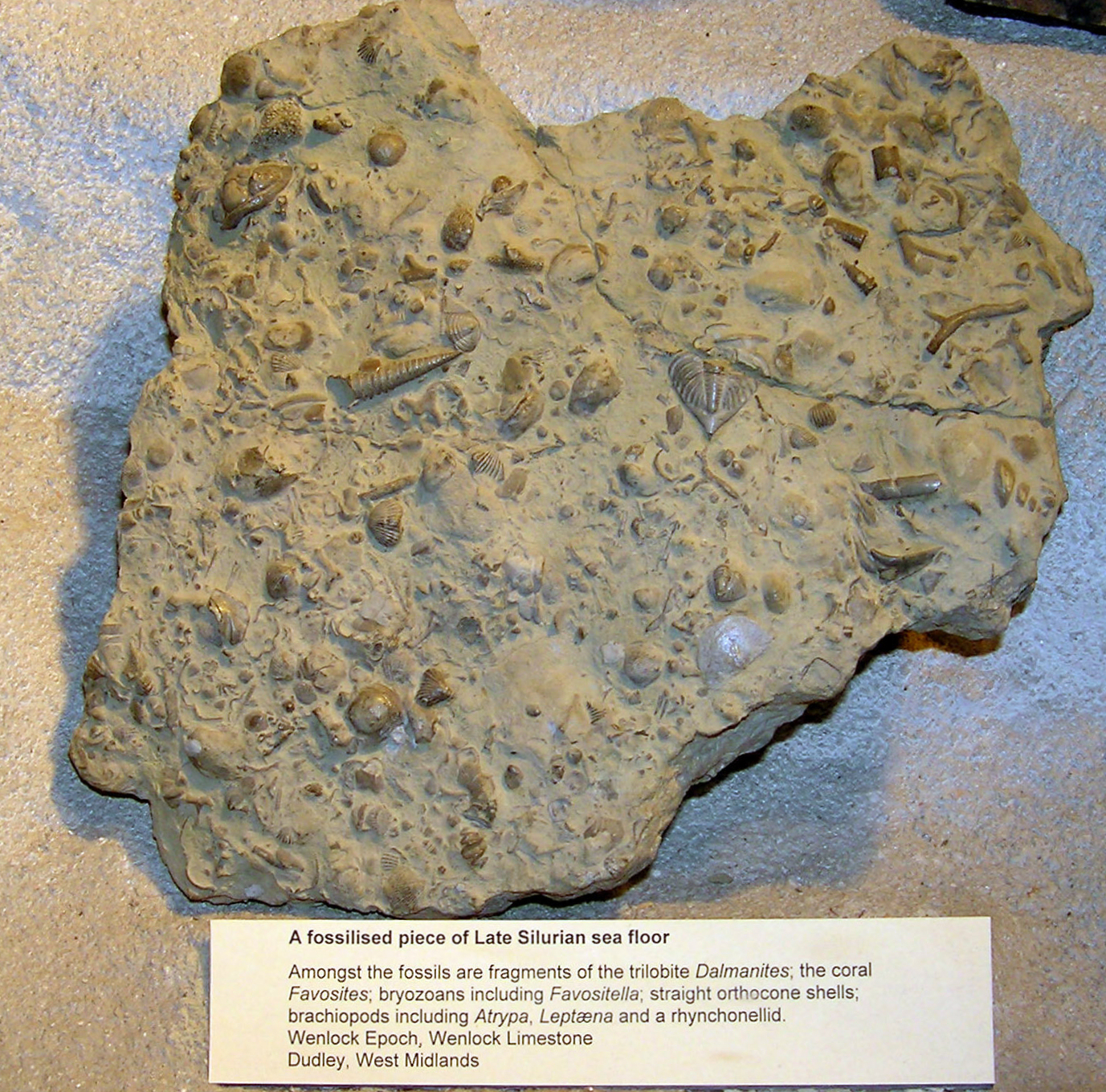|
Cephalon (arthropod Anatomy)
The cephalon is the head section of an arthropod. It is a tagma, i.e., a specialized grouping of arthropod segments. The word cephalon derives from the Greek κεφαλή (kephalē), meaning "head". Insects In insects, ''head'' is a preferred term. The insect head consists of five segments, including three (the labial, maxillary and mandibular) necessary for food uptake, which are altogether known as the gnathocephalon and house the suboesophageal ganglion of the brain, as well as the antennal segment, and an ocular segment, as well as a non segmented fused section of the head where the archicerebrum is housed known as the acron. See also arthropod head problem. Chelicerates and crustaceans File:Cherax warsamsonicus - ZooKeys 660 151-167 (cropped).jpg, The crustacean '' Cherax warsamsonicus'' File:Phrynus asperatipes.jpg, The amplypygid chelicerate '' Phrynus asperatipes'' In chelicerates and crustaceans, the cephalothorax is derived from the fusion of the cephalo ... [...More Info...] [...Related Items...] OR: [Wikipedia] [Google] [Baidu] [Amazon] |
Head
A head is the part of an organism which usually includes the ears, brain, forehead, cheeks, chin, eyes, nose, and mouth, each of which aid in various sensory functions such as sight, hearing, smell, and taste. Some very simple animals may not have a head, but many bilaterally symmetric forms do, regardless of size. Heads develop in animals by an evolutionary trend known as cephalization. In bilaterally symmetrical animals, nervous tissue concentrate at the anterior region, forming structures responsible for information processing. Through biological evolution, sense organs and feeding structures also concentrate into the anterior region; these collectively form the head. Human head The human head is an anatomical unit that consists of the skull, hyoid bone and cervical vertebrae. The skull consists of the brain case which encloses the cranial cavity, and the facial skeleton, which includes the mandible. There are eight bones in the brain case ... [...More Info...] [...Related Items...] OR: [Wikipedia] [Google] [Baidu] [Amazon] |
Carapace
A carapace is a dorsal (upper) section of the exoskeleton or shell in a number of animal groups, including arthropods, such as crustaceans and arachnids, as well as vertebrates, such as turtles and tortoises. In turtles and tortoises, the underside is called the plastron. In botany, a carapace refers to the hard outer cover of a seed which protects the inner embryo. Crustaceans In crustaceans, the carapace functions as a protective cover over the cephalothorax (i.e., the fused head and thorax, as distinct from the abdomen behind). Where it projects forward beyond the eyes, this projection is called a rostrum. The carapace is calcified to varying degrees in different crustaceans. Zooplankton within the phylum Crustacea also have a carapace. These include Cladocera, ostracods, and isopods, but isopods only have a developed "cephalic shield" carapace covering the head. Arachnids In arachnids, the carapace is formed by the fusion of prosomal tergites into a single pl ... [...More Info...] [...Related Items...] OR: [Wikipedia] [Google] [Baidu] [Amazon] |
Harpetida
Harpetida is one of the eleven orders of the extinct arthropod class Trilobita. The first harpetid trilobites appear in the Upper Cambrian, and the last species die out in the late Devonian period. Harpetid trilobites are characterized among trilobites by bearing a comparatively large, semicircular brim around the cephalon (head) which is often perforated by small pores. This brim is thought to serve as a filter-feeding apparatus. The brim stretches backward on either side of the cephalon (head) and typically has a pronounced suture along the outside. The compound eyes are typically reduced to small tubercles, though they have strong ridges stretching to the glabella (central region of the cephalon). They also typically have 12 or more thoracic segments. The pygidia are usually small. The families of Harpetida were formerly included in the order Ptychopariida Ptychopariida is a large, heterogeneous order of trilobite containing some of the most primitive species known. The ... [...More Info...] [...Related Items...] OR: [Wikipedia] [Google] [Baidu] [Amazon] |
Ecological Niche
In ecology, a niche is the match of a species to a specific environmental condition. Three variants of ecological niche are described by It describes how an organism or population responds to the distribution of Resource (biology), resources and competitors (for example, by growing when resources are abundant, and when predators, parasites and pathogens are scarce) and how it in turn alters those same factors (for example, limiting access to resources by other organisms, acting as a food source for predators and a consumer of prey). "The type and number of variables comprising the dimensions of an environmental niche vary from one species to another [and] the relative importance of particular environmental variables for a species may vary according to the geographic and biotic contexts". See also Chapter 2: Concepts of niches, pp. 7 ''ff'' A Grinnellian niche is determined by the habitat in which a species lives and its accompanying Behavioral ecology, behavioral adaptations. ... [...More Info...] [...Related Items...] OR: [Wikipedia] [Google] [Baidu] [Amazon] |
Hypostome (trilobite)
The hypostome is the hard mouthpart of trilobites found on the ventral side of the cephalon (head). The hypostome can be classified into three types based on whether they are permanently attached to the rostrum or not and whether they are aligned to the anterior dorsal tip of the glabella. Morphology The center of the hypostome is an ovoid, typically convex part called the median body, often divided into an anterior lobe and a posterior lobe. Either side of the median body is a border with various extensions, including anterior and posterior wings, sometimes bearing knob-like processes. The hypostome is hollow, and encloses the mouthparts, the anterior digestive tract, and the bases of the antennae. Trilobite antennae pass through notches between the anterior and posterior wings, then forward. The anterior wings are designed to rest firmly against internal structures (ventral apodemes) on the glabella. Variation in trilobite hypostome morphology is crucial in modern discussi ... [...More Info...] [...Related Items...] OR: [Wikipedia] [Google] [Baidu] [Amazon] |
Trilobite
Trilobites (; meaning "three-lobed entities") are extinction, extinct marine arthropods that form the class (biology), class Trilobita. One of the earliest groups of arthropods to appear in the fossil record, trilobites were among the most successful of all early animals, existing in oceans for almost 270million years, with over 22,000 species having been described. Because trilobites had wide diversity and an easily fossilized mineralised exoskeleton made of calcite, they left an extensive fossil record. The study of their fossils has facilitated important contributions to biostratigraphy, paleontology, evolution, evolutionary biology, and plate tectonics. Trilobites are placed within the clade Artiopoda, which includes many organisms that are morphologically similar to trilobites, but are largely unmineralised. The relationship of Artiopoda to other arthropods is uncertain. Trilobites evolved into many ecological niches; some moved over the seabed as predators, scavengers, or ... [...More Info...] [...Related Items...] OR: [Wikipedia] [Google] [Baidu] [Amazon] |
Trilobite Sections-en
Trilobites (; meaning "three-lobed entities") are extinction, extinct marine arthropods that form the class (biology), class Trilobita. One of the earliest groups of arthropods to appear in the fossil record, trilobites were among the most successful of all early animals, existing in oceans for almost 270million years, with over 22,000 species having been described. Because trilobites had wide diversity and an easily fossilized mineralised exoskeleton made of calcite, they left an extensive fossil record. The study of their fossils has facilitated important contributions to biostratigraphy, paleontology, evolution, evolutionary biology, and plate tectonics. Trilobites are placed within the clade Artiopoda, which includes many organisms that are morphologically similar to trilobites, but are largely unmineralised. The relationship of Artiopoda to other arthropods is uncertain. Trilobites evolved into many ecological niches; some moved over the seabed as predators, scavengers, or ... [...More Info...] [...Related Items...] OR: [Wikipedia] [Google] [Baidu] [Amazon] |
Silurian
The Silurian ( ) is a geologic period and system spanning 23.5 million years from the end of the Ordovician Period, at million years ago ( Mya), to the beginning of the Devonian Period, Mya. The Silurian is the third and shortest period of the Paleozoic Era, and the third of twelve periods of the Phanerozoic Eon. As with other geologic periods, the rock beds that define the period's start and end are well identified, but the exact dates are uncertain by a few million years. The base of the Silurian is set at a series of major Ordovician–Silurian extinction events when up to 60% of marine genera were wiped out. One important event in this period was the initial establishment of terrestrial life in what is known as the Silurian-Devonian Terrestrial Revolution: vascular plants emerged from more primitive land plants, dikaryan fungi started expanding and diversifying along with glomeromycotan fungi, and three groups of arthropods ( myriapods, arachnids and hexapods) ... [...More Info...] [...Related Items...] OR: [Wikipedia] [Google] [Baidu] [Amazon] |
Thylacocephala
The Thylacocephala (from the Greek or ', meaning " pouch", and or ' meaning "head") are group of extinct probable mandibulate arthropods, that have been considered by some researchers as having possible crustacean affinities. As a class they have a short research history, having been erected in the early 1980s. They typically possess a large, laterally flattened carapace that encompasses the entire body. The compound eyes tend to be large and bulbous, and occupy a frontal notch on the carapace. They possess three pairs of large raptorial limbs, and the abdomen bears a battery of small swimming limbs. Their size ranges from ~15 mm to potentially up to 250 mm. Inconclusive claims of thylacocephalans have been reported from the lower lower Cambrian ('' Zhenghecaris''), but later study considered that genus as radiodont or arthropod with uncertain systematic position. The oldest unequivocal fossils are Upper Ordovician and Lower Silurian in age. As a group, the Thylacocephala s ... [...More Info...] [...Related Items...] OR: [Wikipedia] [Google] [Baidu] [Amazon] |
Praecambridium Sigillum
''Praecambridium sigillum'' is an extinct organism that superficially resembles a segmented trilobite-like arthropod. It was originally described as being a trilobite-like arthropod, though the majority of experts now place it within the Proarticulata as a close relative of the much larger ''Yorgia''. It is from the Late Ediacaran deposit of Ediacara Hills, Australia, about 555 million years ago. On average, ''P. sigillum'' had at least 5 pairs of segments, with each unit becoming progressively larger as they approach the cephalon-like head. Etymology The generic name is a compound word, with the Latin prefix ''prae'' "before" and a reference to the Cambrian mollusc genus '' Cambridium'', in reference to how the appearance of the various segments are reminiscent of the muscle-scars on the inner surface of the shells of '' Cambridium''. The specific name is from Latin ''sigillum'' "a sigil". Classification and interpretations Originally, Runnegar and M.A. Fedokin (1992) suggested ... [...More Info...] [...Related Items...] OR: [Wikipedia] [Google] [Baidu] [Amazon] |
Proarticulata
Proarticulata is a proposed phylum of extinct, near-bilaterally symmetrical animals known from fossils found in the Ediacaran (Vendian) marine deposits, and dates to approximately . The name comes from the Greek () = "before" and Articulata, i.e. prior to animals with true segmentation such as annelids and arthropods. This phylum was established by Mikhail A. Fedonkin in 1985 for such animals as ''Dickinsonia'', '' Vendia'', '' Cephalonega'', '' Praecambridium'' and currently many other Proarticulata are described (see list). Due to their simplistic morphology, their affinities and mode of life are subject to debate. They are almost universally considered to be metazoans, and due to possessing a clear central axis have been suggested to be stem-bilaterians. In the traditional interpretation, the Proarticulatan body is divided into transverse articulation (division) into isomers as distinct from the transverse articulation segments in annelids and arthropods, as their individu ... [...More Info...] [...Related Items...] OR: [Wikipedia] [Google] [Baidu] [Amazon] |






